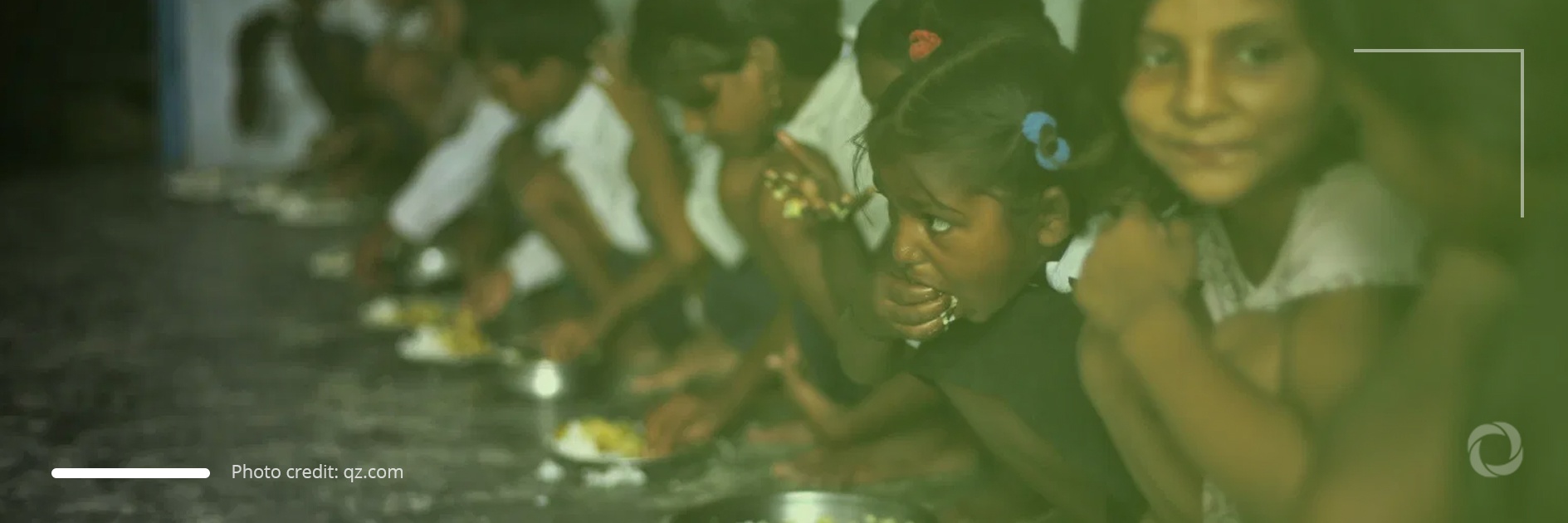A recently released UN report states that extreme poverty levels grew significantly across the globe in 2020. The paper suggests that economies should take ‘critical’ actions on the path out of the novel coronavirus pandemic during the next 18 months as the pandemic has rolled back decades of progress made towards achieving the Sustainable Development Goals (SDGs).
Alarming figures on poverty and hunger
While governments around the globe implemented nearly 1,600 short-term social protection measures in response to the pandemic, 4 billion people are still not protected by social security.
During the launch of the report, UN Under-Secretary-General, Liu Zhenmin, noted:
“The pandemic has halted, or reversed, years or even decades of development progress. Global extreme poverty rose for the first time since 1998.”
With devastating effects on economies, it is expected that an additional 83 to 132 million people may experience hunger because of the COVID-19 pandemic. While in 2014, the number of undernourished people was 628 million, in 2020 this number reached a record level of between 771 and 820 million.
Growing inequalities
The UN report reveals alarming figures within and between inequalities with a forecast that the pandemic will increase the average Gini coefficient for emerging markets and developing countries by 6% (a Gini ratio of 0 indicates the state of no inequalities).
In 2020, 4,186 deaths and disappearances were reported on migratory routes around the globe and the number of global refugees has more than doubled since 2010.
UN Under-Secretary-General, Liu Zhenmin, highlighted, “The poorest and most vulnerable continue to be at greater risk of becoming infected by the virus and have borne the brunt of the economic fallout.”
As of 17 June 2021, roughly 68 vaccine shots were given to every 100 people living in Europe and North America whereas in comparison, for every 100 people, fewer than two shots were available in sub-Saharan Africa.
Recovery expectations
While China and the United States are experiencing rapid economic recovery, many other nations are unlikely to return to pre-pandemic indicators before 2022 or possibly even 2023. The report says that for countries to get back on track, strong and inclusive growth pathways should be implemented, intended to reduce carbon emissions, conserve natural resources, create better jobs, advance gender parity, and tackle increasing inequities.
UN Secretary-General, António Guterres, commented: “The Sustainable Development Goals are more important now than ever. Now is the time to secure the well-being of people, economies, societies, and our planet.”

